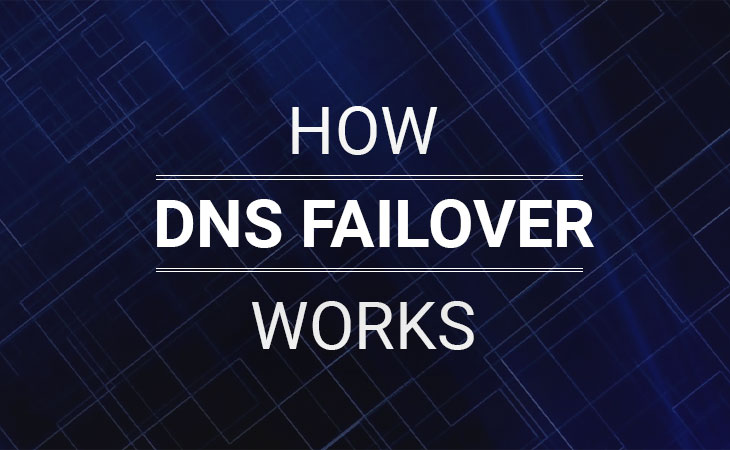DNS Failover, Overcome your downtime!
As your business grows, it becomes more and more mission-critical, and any amount of downtime is damaging. You could potentially lose hundreds if not even thousands of dollars for every minute your site is down. Not to mention, it may also hurt your brand image and customers confidence. This is why firms and individuals today rely mostly on DNS failover. DNS Failover monitors your server and if unavailable for a certain period of time it will dynamically update your DNS records accordingly so that your domain name points to an available server instead.
DNS Failover is essentially a two-step process. The first step involves actively monitoring the health of your servers. Monitoring is usually carried out by ping or ICMP (Internet Control Message Protocol) to verify that your HTTP server is functioning. The health of the servers can be assessed every few minutes, while more advanced services allow you to configure your monitoring time settings. In the second step, DNS records are dynamically updated in order to resolve traffic to a backup host in case the primary server is down. Once your primary server is back up and running, traffic is automatically directed towards its original IP address. Some of the reason why outages can and often do occur, happen to be because of: Hardware failures, Malicious attacks (DDoS, hackers), Scheduled maintenance and upgrades, man-made or even natural disasters. This is where DNS Failover helps prevent somewhat of downtime, allowing firms/individuals with time to fix and take care of the problems occurring.
Though it may seem DNS Failover is the complete package, it does not come without limitations. In order for it to work, you need to have backup locations for your site and applications. Even if DNS records are quickly updated once an outage has been detected, ISPs need to update their DNS cache records, which is normally based on TTL (Time to Live). Until that occurs, some users will still be directed to the downed primary server.

